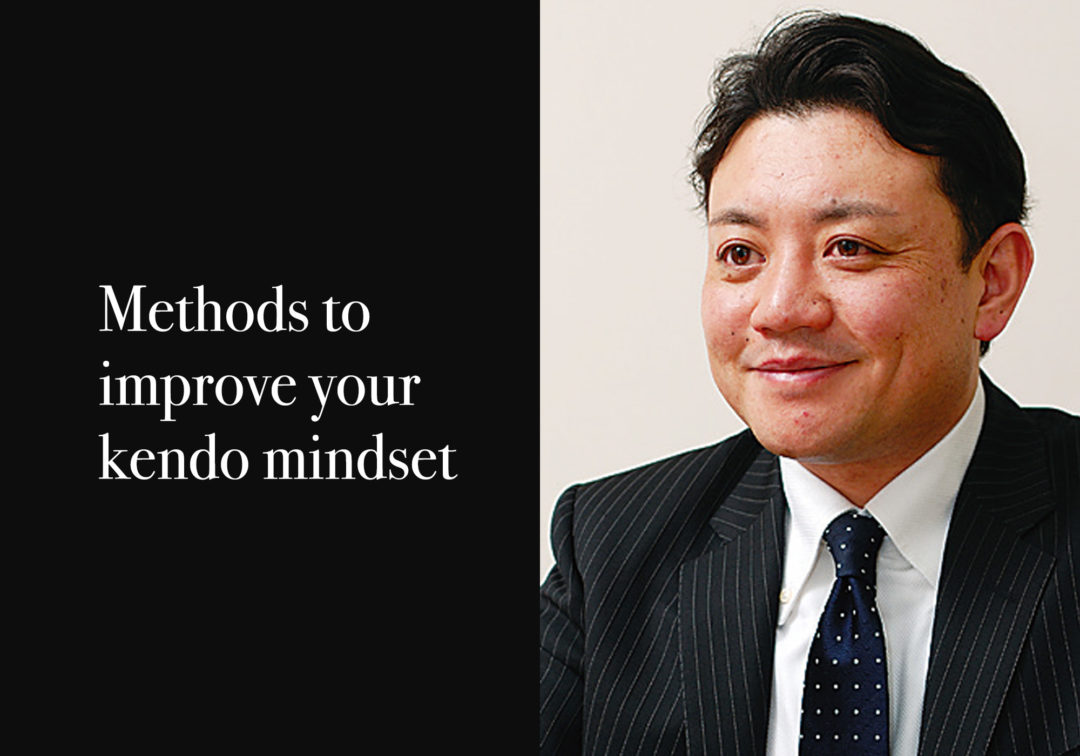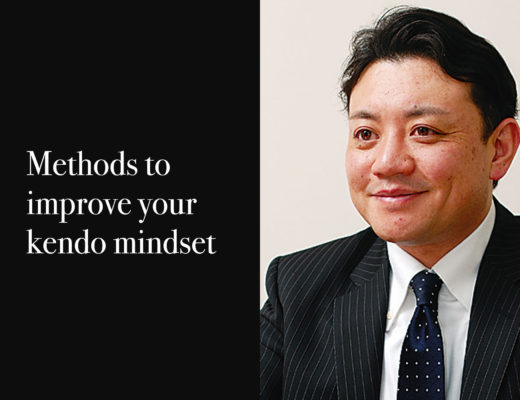What I was aiming for in this writing was not just to show the knowledge and topic of difficult psychological research, but also to point out what different generations of swordsmen and athletes have been feeling, thinking and doing in their daily lives while being as specific and as easy-to-understand as possible based on psychological theory and methodology. Each article is based on developing a story that links a psychological theme with Kendo and everyday situations. Even if you end up keeping in mind only one of these phrases, it will be a great pleasure for me as an author if that becomes the foundation of your Kendo tomorrow.
Yano Hiromitsu
Born in Yuzawa City, Akita Prefecture in 1968. Graduated from Tokai University’s Faculty of Physical Education in Kendo followed by the Tokai University Graduate School of Physical Education (Sports Psychology). Graduated from Nagoya University Graduate School of Education and Development Science (Psychology). Ph.D.(Psychology). Currently a professor at the Kochi University Department of Education. As a sports psychology specialist, he worked on support for various competitions and at the same time directed the Kendo Club at Kochi university. He is also active internationally, including the position of Swedish National Kendo Team Director (2006). He has consistently developed research activities focusing on the connection between mind and body. Participated in the All Japan East-West Kendo Tournament receiving the Excellent Match Award. Kendo 7th Dan Kyoshi.
Did You Strike on Your Own?
An elderly instructor is delivering impressive strikes against younger practitioners. Despite the fact that the younger practitioners shouldn’t be losing in terms of speed or stamina, they are clearly struggling. Observing this Keiko closely reveals something interesting. The younger practitioners launch their strikes energetically against the stable Kamae of the instructor, but the instructor skillfully counters by drawing in their momentum and executing perfect counterattacks. Furthermore, when the younger practitioners, frustrated by being struck, attempt to jump in aggressively, the instructor captures their movement at the very outset with a precise strike, perfectly illustrating the moment of being “drawn out.” This situation clearly demonstrates that in Kendo, “speed” and “power” are not absolute.
In this context, let’s examine “timing” from the perspective of sports psychology. According to the dictionary, timing is defined as “the most suitable moment to do something.” In other words, timing refers to “time.” In Kendo terminology, while distance is referred to as “Maai,” time is called “ma.” Additionally, we often hear the term “tameru,” which means “to control time voluntarily.” In baseball commentary, you frequently hear the expression, “a good batter can draw in the pitcher’s ball and hit it well.” Being able to “tameru” can be rephrased as “being able to remain patient and create perfect timing without rushing, even in tense situations.”
On the other hand, many psychologists and physiologists have conducted research on the relationship between exercise and performance in stressful situations. The results of these studies may provide key insights into the challenges that arise in Kendo, so let’s explore them.
The rest of this article is only available for Kendo Jidai International subscribers!



